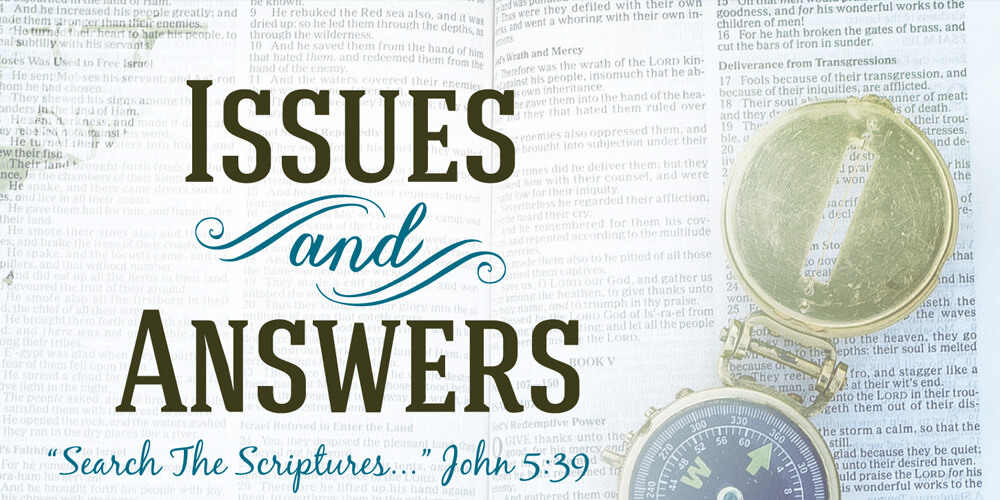An Old Testament event may help us better understand the truth of the sealing of the Holy Spirit (Jer. 32:6-15). Jeremiah was in prison for his faithfulness to the Lord in prophesying that Jerusalem would be besieged and taken captive by Babylon. At this hopeless time the Lord told Jeremiah of a looming visit by his cousin, Hanamel who would ask him to buy his field at Anathoth. The village of Anathoth was already under Babylonian control and Jerusalem was also about to be captured. Since Jeremiah was in prison this would appear to be a foolish request. For this reason, God told Jeremiah in advance of Hanamel’s visit so that Jeremiah would know it was the Lord’s will to buy the land. Doing so would demonstrate that houses, fields, and vineyards would again be bought by Judah when the impending captivity would end in 70 years.
Two copies of the purchase deed were made. According to legal customs, Jeremiah signed and sealed one copy, had witnesses sign it, and paid Hanamel the purchase price. “One was sealed by being bound with a piece of string or cord and then having Jeremiah’s official seal stamped into a lump of clay placed over the string.”1 The other copy remained unsealed so it could later be read. Jeremiah handed both copies of the deed to his scribe, Baruch, to put in an earthen vessel for safekeeping. Jeremiah’s seal signified that he owned the property, that the deed was authentic, and that his ownership was secure. Only he could break the seal.
Ephesians 1:13 says: “In Him you also trusted, after you heard the word of truth, the gospel of your salvation; in whom also, having believed, you were sealed with the Holy Spirit of promise.” Ephesians 4:30 reads: “And do not grieve the Holy Spirit of God, by whom you were sealed for the day of redemption.”
In the last issue, we noticed that the indwelling and baptism of the Holy Spirit occurs the moment someone trusts Christ as their Savior. The sealing occurs at the same time, pertaining to someone “having believed.” The indwelling Holy Spirit is the seal (2 Cor. 1:22).
When God seals us with the Holy Spirit, it signifies that He owns us, that the transaction is authentic, and that we are secure because only He can break the seal. First, the sealing of the Holy Spirit indicates that God owns us. First Corinthians 6:19-20 says: “Or do you not know that your body is the temple of the Holy Spirit who is in you, whom you have from God, and you are not your own? For you were bought at a price; therefore, glorify God in your body and in your spirit, which are God’s.” Christ bought us from the slave market of sin, paying the required price of His blood at Calvary (1 Pet. 1:18-19). Payment has been made; it is a finished transaction. Sealing the believer with the Holy Spirit indicates that God considers the transaction to be final and is a sign that we belong to Him.
Second, the seal speaks of authenticity. Just as a seal on a document confirms its genuineness, so the presence of the Spirit proves the believer to be genuine. It is the presence and witness of the Holy Spirit that validates our profession. It signifies that we are the real deal and true believers in the Lord Jesus Christ. There is no such thing as a believer who has not been sealed with the Holy Spirit (Rom. 8:9).
Finally, the sealing of the Holy Spirit shows that we are eternally secure in Christ. The sealing is a sign that we permanently belong to God. The One who bought us will never sell us. The Holy Spirit is God’s seal of protection until Christ returns for us, completing our salvation. He is keeping us until the day of our redemption when our bodies will be glorified, and we are redeemed spirit, soul, and body (1 Thess. 5:23; Eph. 4:30).
Endnotes
- Bible Knowledge Commentary (Wheaton, IL: Victor Books, 1985) e-Sword electronic version

